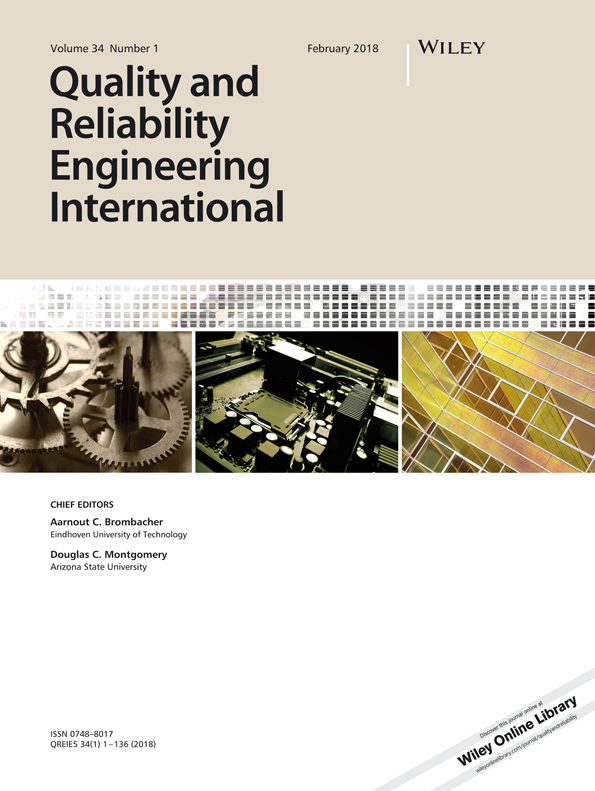Coherence region of the Priority-AND gate: Analytical and numerical examples
Abstract
In recent years, the need for a more accurate dependability modelling (encompassing reliability, availability, maintenance, and safety) has favoured the emergence of novel dynamic dependability techniques able to account for temporal and stochastic dependencies of a system. One of the most successful and widely used methods is Dynamic Fault Tree that, with the introduction of the dynamic gates, enables the analysis of dynamic failure logic systems such as fault-tolerant or reconfigurable systems. Among the dynamic gates, Priority-AND (PAND) is one of the most frequently used gates for the specification and analysis of event sequences. Despite the numerous modelling contributions addressing the resolution of the PAND gate, its failure logic and the consequences for the coherence behaviour of the system need to be examined to understand its effects for engineering decision-making scenarios including design optimization and sensitivity analysis. Accordingly, the aim of this short communication is to analyse the coherence region of the PAND gate so as to determine the coherence bounds and improve the efficacy of the dynamic dependability modelling process.




